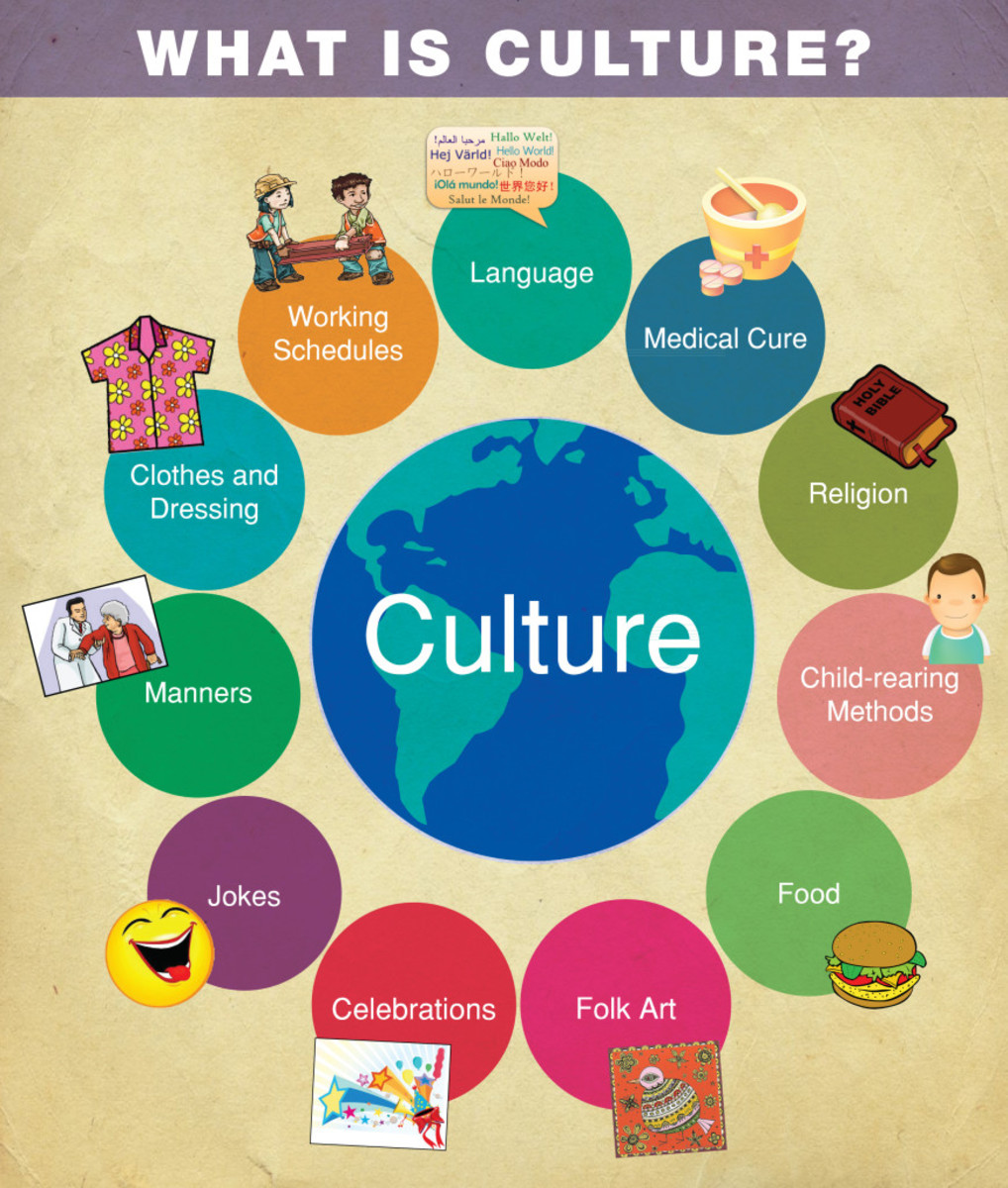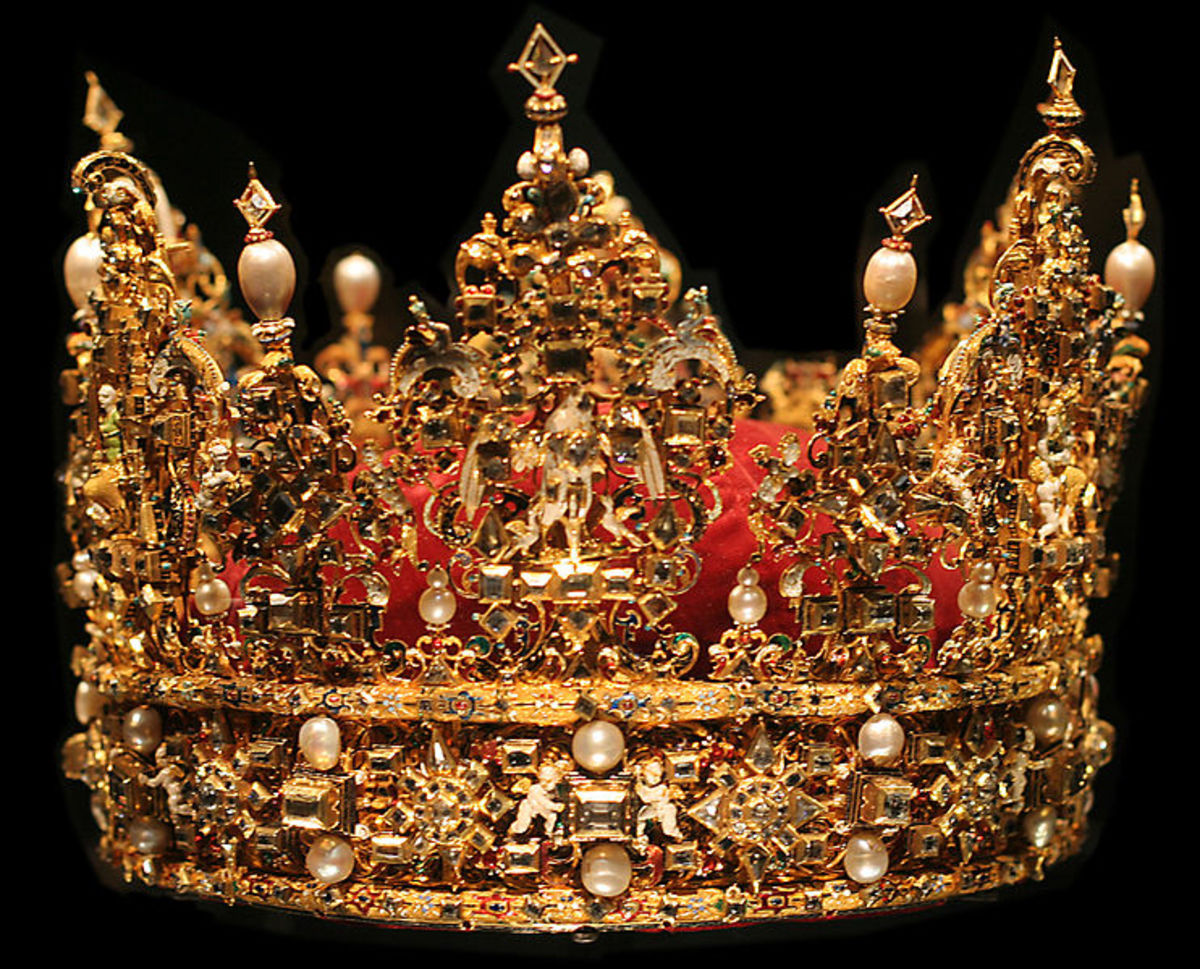Culture and Demography in the Yangtze River Basin, China
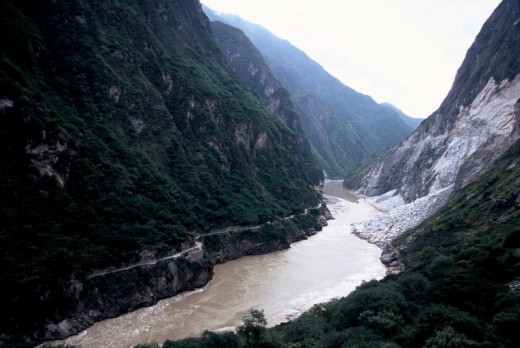
Introduction
Stretching over nine provinces, the Yangtze River serves as a transportation highway and commercial thoroughfare linking eastern, central and western China (Owen 2000, Yuzhang 2005). The Yangtze River Delta is the leading economic region in China, as well as one of the most culturally diverse areas in the country (Ren 2008). The Yangtze River itself acts as a source of cultural inspiration, and harbors invaluable archeological relics from many ancient civilizations. For thousands of years the fertile land of the Yangtze Basin has been home to a plethora of unique cultural groups, the majority of which remain unstudied or even unknown. Chang Jiang, which translates into “Great River,” is what most Chinese currently call the Yangtze (Pollard 2003). Throughout time, however, the river has had many names, which include Female Yak River, Traveling-Through-the-Heavens River, River of Golden Sand, Long River and Ten Thousand Li River (Owen 2000). These names are a testimony to the long history of settlement in the Yangtze Basin, as well as the interconnectedness of the river and the people.

Paleolithic History of the Yangtze River Basin
The Yangtze River Basin gave rise to some of the earliest known human civilizations, and this area is often referred to as the “cradle of ancient Chinese civilization” (Chadhuri 2003, Dangerfield 2007). The Chinese Ministry of Culture dates the first settlements in the Yangtze region back 100,000 years, and archeological traces of hominid existence are over two million years old (2003). Crude stone axes, harvesting knives and other cultivation tools have been found throughout the basin, attesting to the area’s long history of inhabitance (An 1990).
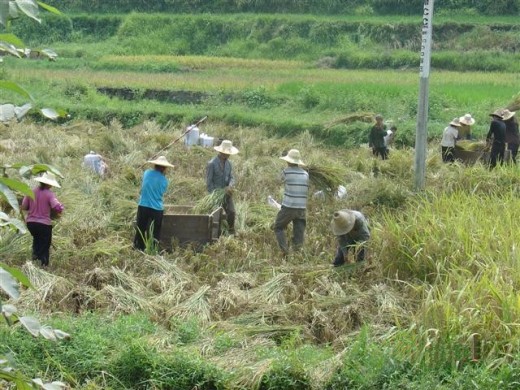
Agriculture: Past and Present
The Yangtze Basin hosts some of the most fertile land in China, and many early civilizations were comprised of small-scale farmers and hunter-gatherers. As farming spread throughout the Yangtze Basin, distinct communities developed with unique cultural and economic characteristics. The plow was developed between 3500 and 2500 B.C., and a shift towards more agrarian-like societies became evident (Chi & Hung 2008). The early settlers in the Yangtze Basin were often attacked by northerners, who coveted the fertile land. What distinguished farmers in the Yangtze Basin from farmers in Northern China was the type of crop they grew. Rice is the historic staple of southern Chinese diets, whereas wheat was prevalent in the north (Pollard 2003). The Chinese tradition of having rice with most meals originated in the Yangtze Basin- ancient carbonized rice has been found at over 60 archeological sites within the basin as opposed to only six sites north of the river (An 1990).
Currently, crops are grown in the Yangtze Basin 11 months out of the year. The river allows for the flooding of rice paddies, and also deposits nutrient-rich silt onto the land (Pollard 2003, Owen 2000). Thirty-five percent of China’s annual grain yield is produced in the Yangtze Basin, and the area contains a quarter of the country’s total irrigated and cultivated land, making it a very valuable agricultural area (Yuzhang 2005). Farming is an imperative part of survival for rural residents, as well as a source of cultural individualization- citizens are registered by the government as belonging either to the “agricultural population” or the “non-agricultural population” (Heming et el 2001). This classification leads to further distinctions and divergences between rural and urban ways of life.
Cultural History of the Yangtze River Delta
Historically, the societies of southern China have greatly influenced those of northern China, making the Yangtze Basin an important source of culture and tradition (Chi & Hung 2008). Common traditions associated with modern China, including the drinking of tea, are thought to have originated in the Yangtze Valley. Currently there is no division between north and south China, but northern China was once so culturally distinct from the Yangtze Valley that European travelers regarded it as a separate country. It wasn’t until the 14th century that China became internationally recognized as one nation (Latourette 1962).
Archeological evidence of pottery, jade and silk trades date back 7000 years in the Yangtze Basin (Chi & Hung 2008). The river was the main mechanism for interstate trade, and allowed industries to flourish. In addition to industrial value, the Yangtze has also been a source of inspiration for many literary works, dances, songs and plays (Latourette 1962). The basin was once considered the chief center of Chinese wealth and culture (Chinese Ministry of Culture 2003). Archeological evidence suggests that as early as 3500 B.C. civilizations along the Yangtze had developed complex hierarchies and social structures (Chi & Hung 2008).
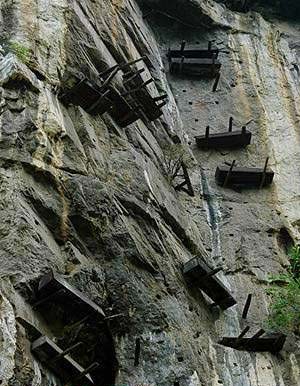
Cultural History: The Ba
The Ba were an ancient Chinese civilization that lived in the Yangtze River Valley for over 3000 years. They depended upon the river for survival, and the Yangtze was an important source of religious inspiration. Instead of burying their dead, the Ba would place them in wooden coffins, which they would then place in crevices and caves high up in the cliffs overlooking the Yangtze. The placement of the dead in such a way signified honor, and was thought to bring them closer to heaven. Many coffins are still visible from the river today, and it remains a mystery as to how the Ba managed to get the coffins to such great heights on such steep inclines (Dangerfield 2007).
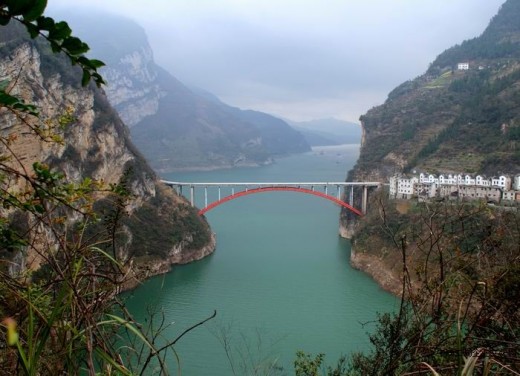
Current Culture & Diversity in Areas Surrounding the Yangtze River
The upper areas of the Yangtze River are home to 40 different ethnic minorities, which accounts for 15 percent of all the ethnic diversity in China (Yan & Qian 2004). Some settlements along the river are virtually isolated from the world, and can only be accessed via mountain paths and rope bridges. Other groups of people, such as the Kazak, are nomadic, traveling whenever their herds need new land on which to graze. Some Yangtze cultures are tribal-based and led by local Buddhist priests (Pollard 2003). Religion is discouraged by the Chinese government, but in remote areas (such as the upper Yangtze) it is not uncommon for the Buddhist faith to be practiced. It is much more difficult for the government to exercise authority in rural areas, and law enforcement is much more strict in highly populated areas such as Shanghai and Nanjing (Lavely et el 1990).
Upper Yangtze cultures are defined by high birth rates, low per capita income, poor labor force quality, slow construction of basic infrastructure and difficulties escaping poverty (Yan & Qian 2004). In contrast, urban residents are guaranteed a retirement pension, health care and employment opportunities. City residents also have constant access to the latest technologies, clean food and water and other basic comforts. Rural residents are left to rely on their personal and familial resources, rather than the government or local industries, for survival (Lavely et el 1990).
Urban and rural cultures are quite distinct from one another because of the extreme differences in daily life. Residents of rural areas appear to practice gender discrimination more frequently than people residing in urban centers. Evidence of gender discrimination dates back to the 16th century, when populations in the lower Yangtze region developed a repressive chauvinistic cultural complex. Currently, there is an overall higher rate of illiteracy in the lower and middle Yangtze Valley than compared to the major cities, and its estimated that half of all women (compared to 21 percent of all men) cannot read or write. There is also still a strong preference for male children, and it is thought that female infanticide is more common outside of urban areas. The sex ratio at birth for children in the Yangtze region is much higher for male children then in northern China, which supports the theory that male children are being selected for (Lavely et el 1990).
Current Culture & Diversity: The Naxi
For
over 1000 years the Naxi have inhabited the sparsely populated mountainous
regions of the upper Yangtze. The Naxi religion is Dongba, which is based on
the belief that all natural entities have a soul. They worship the moon, the
sun, the clouds, the mountains and the Yangtze itself. Although only 250,000
Naxi people remain, the cultural group is well known throughout China. They are
thought to be the last culture in the world to use a pictorial script. The Naxi
survive by growing crops and breeding horses. Naxi-bred horses are regarded as
some of the strongest in China, and are very popular. The Naxi Orchestra dates
back to the thirteenth century, and is famous throughout the country. According
to legend, the orchestra was formed when emperor Kublai Khan rewarded the Naxi
with instruments after they helped his army cross the Yangtze River (Bowden
2004).
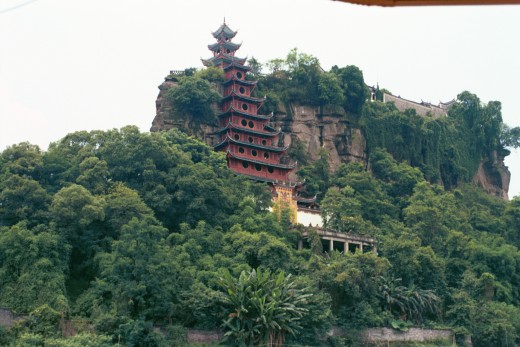
Historical Demography of the Yangtze River Basin
Archeological evidence suggests rapid population growth and the establishment of large settlements in the middle and lower Yangtze Basin beginning around 5000 B.C. (Chi & Hung 2008). For thousands of years the people in the Yangtze region remained distinct from the inhabitants of the Yellow River plain in northern China. The northern people saw the southerners as barbaric, and considered only the area around the Yellow River the “true China.” Around 250 A.D. war and foreign invasions in the north sparked the southward migration of many people. It was during this time that the Yangtze Valley started to become a chief cultural center of China. In the fourth and fifth centuries, the Yangtze Valley population experienced another phase of rapid growth. By the fourteenth century the Yangtze Valley hosted numerous urban communities and was a melting pot of diversity (Latourette 1962).
In 1958 the study of demography was banned throughout China. Historical data was confiscated, and population dynamics became a taboo subject. Although leftist population theory eventually faded from the forefront of Chinese politics, demographic data is still difficult to find (Lavely et el 1990).
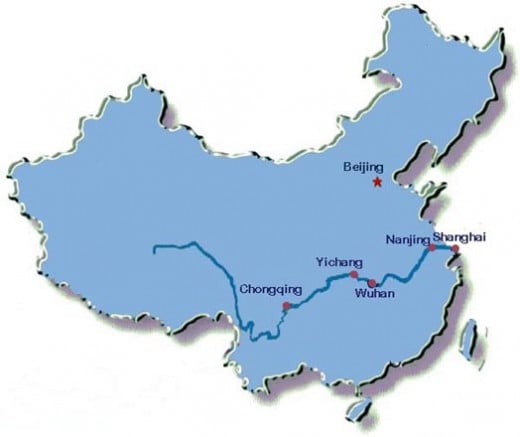
Modern Demography in the Yangtze River Basin
The Yangtze Delta is one of the most heavily urbanized areas in China (Bowden 2004). The population density in this area is six times higher than anywhere else in the country (Ren 2008). Two large population centers, Shanghai- also known as the “Gateway to the Yangtze”- and Nanjing are both located within the Yangtze Delta. Shanghai is a key center of Chinese industry and commerce, the Yangtze being one of the world’s oldest waterborne trade routes (Owen 2000, Biedermann 2007). The river provides Shanghai with two essential elements- a means to facilitate trade and sediment. Sediment from the Yangtze moving past Shanghai has built more than 30,000 km2 of coastal plain over the past four millennia, allowing the city to adjust to an increasing population over time (Chen & Yu 2001). In 2008 the projected 2010 population of Shanghai was 20 million people (Ren 2008).
Nanjing is home to one of China’s most prestigious universities, and is also where some of the nation’s most advanced technologies are developed, studied and housed (Owen 2000). During the Ming Dynasty (1368-1644 A.D.) and under the Republic of China (1911-1949 A.D.) Nanjing was the Chinese capital (Chinese Ministry of Culture 2003). The surrounding Yangtze drainage area has one of the highest development rates in China, and is said to have the highest overall potential for development as well (Yuzhang 2005). Inland cities along the river are growing in size, and it is estimated that the land surrounding the Yangtze is currently home to approximately 400 million people (Biedermann 2007). Large numbers of immigrants creates a wide breadth of cultural diversity (Ren 2008).

Three Gorges Dam: Effects on Culture & Demography
Construction of the Three Gorges Dam has resulted in the flooding of an unknown number of priceless archeological sites and the involuntary relocation of millions of Chinese citizens (Lisagore & Hansen 2008, Owen 2000). Over 1000 historically significant sites have been identified in the Three Gorges area, including at least 12 that date back to the Paleolithic era (Qing 1998, Owen 2000). It is unknown how many of these sites have been or are projected to be destroyed as dam construction nears completion. Few have dared to protest construction of the dam for fear of legal persecution. Author and activist Dai Qing was jailed for over ten months after openly protesting construction of the dam (Owen 2000). Some residents have refused to move, despite the demands of the government, causing tension in the area (Lisagore & Hansen 2008). Resettlement and dam collapses have been prevalent sources of conflict between the Chinese government and the people for the last century. After the government cover-up of a dam collapse that killed over 200,000 people in the 1950’s was exposed, the rift between those supporting dam construction and those opposing it deepened (Owen 2000).
Environmental Migration
In China state control of population movement has always been and is still highly influential (Lavely et el 1990). Recently, the Chinese government has begun to implement “environmental migration” in the upper regions of the Yangtze River. Areas that are deemed to have degraded environments, fragile ecosystems or unlivable conditions are cleared by the government. The people are then moved elsewhere. In 2000 the Chinese government moved 10 million people from this region, the goal being to “move them out of poverty” (Yan & Qian 2004). However, citizens forced to resettle are not compensated by the government, and relocation often results in people being transferred from a social environment in which they play a comfortable and familiar role into a society in which they are alienated. Kinship and neighborhood networks are also often destroyed with involuntary relocation, and the overall result is social instability (Yan & Qian 2004, Heming et el 2001).
Reccomendations for Preserving Culture Along the Yangtze River
1. No further flooding of archaeological sites without first assessing their historical and cultural value- bring in experts (maybe international opinions too?)
2. Offer incentives for those living in areas to be flooded to move- cash, opportunity?
3. Allocate a reasonable portion of the money generated at different trade points along the Yangtze to cultural preservation, education and outreach
4. Cultural ecotourism and cultural preservation, encouragement of local industry, more opportunities in rural areas
5. Research more detailed demographic information
Concluding Thoughts
The areas along the Yangtze River are rich with culture and history. When implementing construction projects, such as the Three Gorges Dam, all possible effort should be made to avoid the displacement of individuals as well as the destruction of archeological sites. The Yangtze River is an integral part of life for many people in China, and should be regarded with extreme care. If the Yangtze ecosystem were to deteriorate, there would be no way for most people living in the basin to survive.
Further Reading
Thanks for Reading! Literature Consulted:
An, Z. 1990. “Ancient Culture of the Lower Yangtze River and Ancient Japan.” Archaeology. 4: 375-384.
Biederman, D. 2007. “Rise of the Yangtze.”The Journal of Commerce. June 4 2007: 20-24.
Bowden, R. 2004. A river journey: the Yangtze. Chicago: Raintree.
Chaudhuri, A. 2003. “Three Gorges Dam: fortune or folly?” MIT Undergraduate Research Journal. 8: 31-36.
Chen, Z. and L. Yu. 2001. “The Yangtze River: an introduction.” Geomorphology. 41: 73-75.
Chi, Z. and H. Hung. 2008. The Neolithic of southern China- origin, development and dispersal. Asian Perspectives. 47(2): 299-329.
Chinese Ministry of Culture. 2003. “Yangtze River Civilization.” http://www.chinaculture.org/08olympics /2008-07/09/content_136254.htm.
Dangerfield, W. 2007. “Snapshot: Yangtze River.” Smithsonian Magazine Online. http://www.smithsonianmag.com/travel/snap_yangtze.html.
Heming, L., P. Waley and P. Rees. 2001. “Reservoir resettlement in China: past experience and the Three Gorges Dam.” The Geographical Journal. 167(3): 195-212.
Latourette, K. 1962. The Chinese: their history and culture. New York: The Macmillan Company.
Lavely, W., J. Lee and W. Feng. 1990. “Chinese Demography: The State of the Field.” The Journal of Asian Studies. 49(4): 807-834.
Lisagore, K. and H. Hansen. 2008. Disappearing destinations: 37 places in peril and what can be done to help save them. New York: Vintage Books.
Owen, J. 2000. Water Policy International. “Yangtze River.” http://www.africanwater.org/yangtze.htm.
Pollard, M. 2003. Great rivers: the Yangtze. London: Evans Brothers Limited.
Qing, D. 1998. The river dragon has come! The three gorges dam and the fate of China’s Yangtze River and its people. New York: East Gate Books.
Ren, Y. 2008. “Migration, changes of city-region structure and implications for planning practices and regional development policies in the Yangtze River Delta area in China.” International Planning Studies. 13(4): 415-429.
Yan, T. and W. Qian. 2004. “Environmental migration and sustainable development in the upper reaches of the Yangtze River.” Population and Environment. 25(6): 613-636.
Yuzhang, X. 2005. Changjiang Water Resources Commission. “Concern for the Yangtze River and Care of the Yangtze River.” http://cjw.gov.cn/detail/20070202/81912.asp?column=Thesis%20Collection.
Zhang, Q., C. Zhu, C. Liu and T. Jiang. 2005. “Environmental change and its impacts on human settlement in the Yangtze Delta, P.R. China.” Catena. 60: 267-277.







